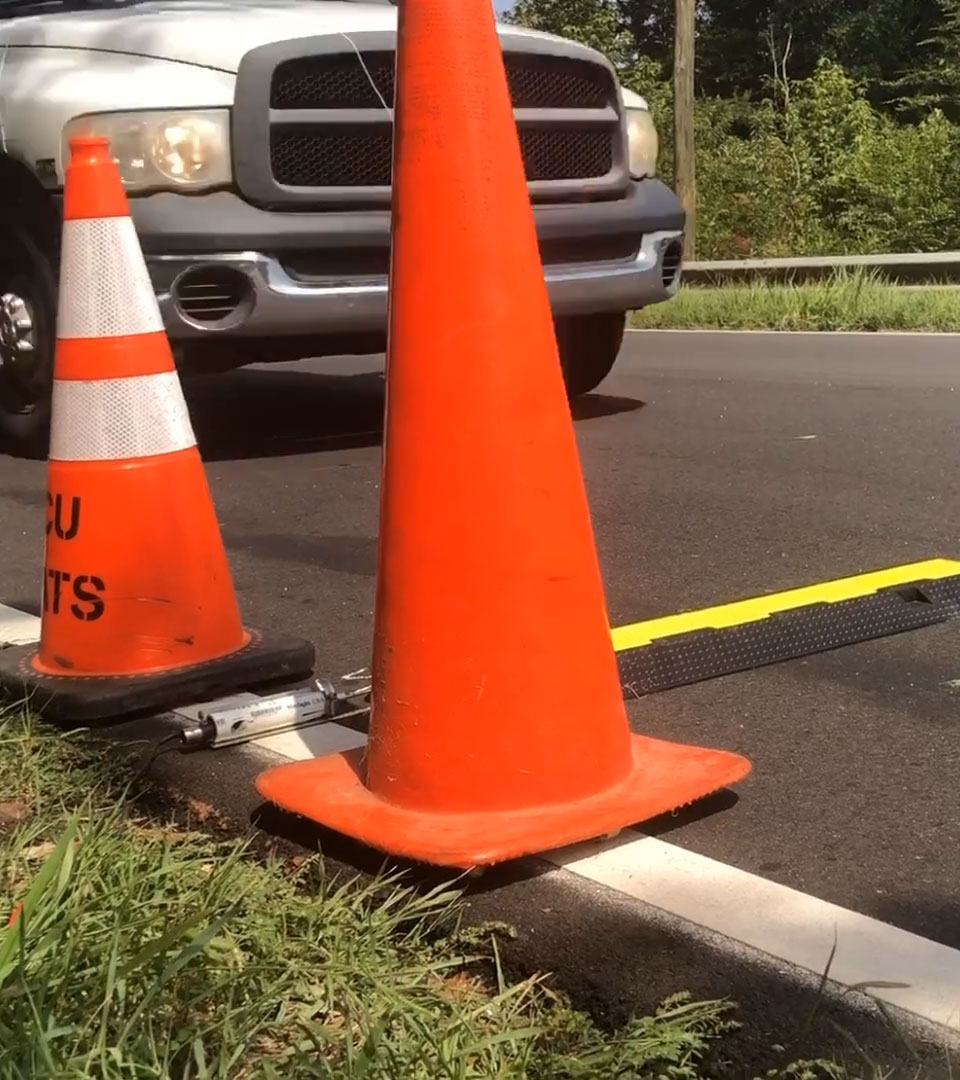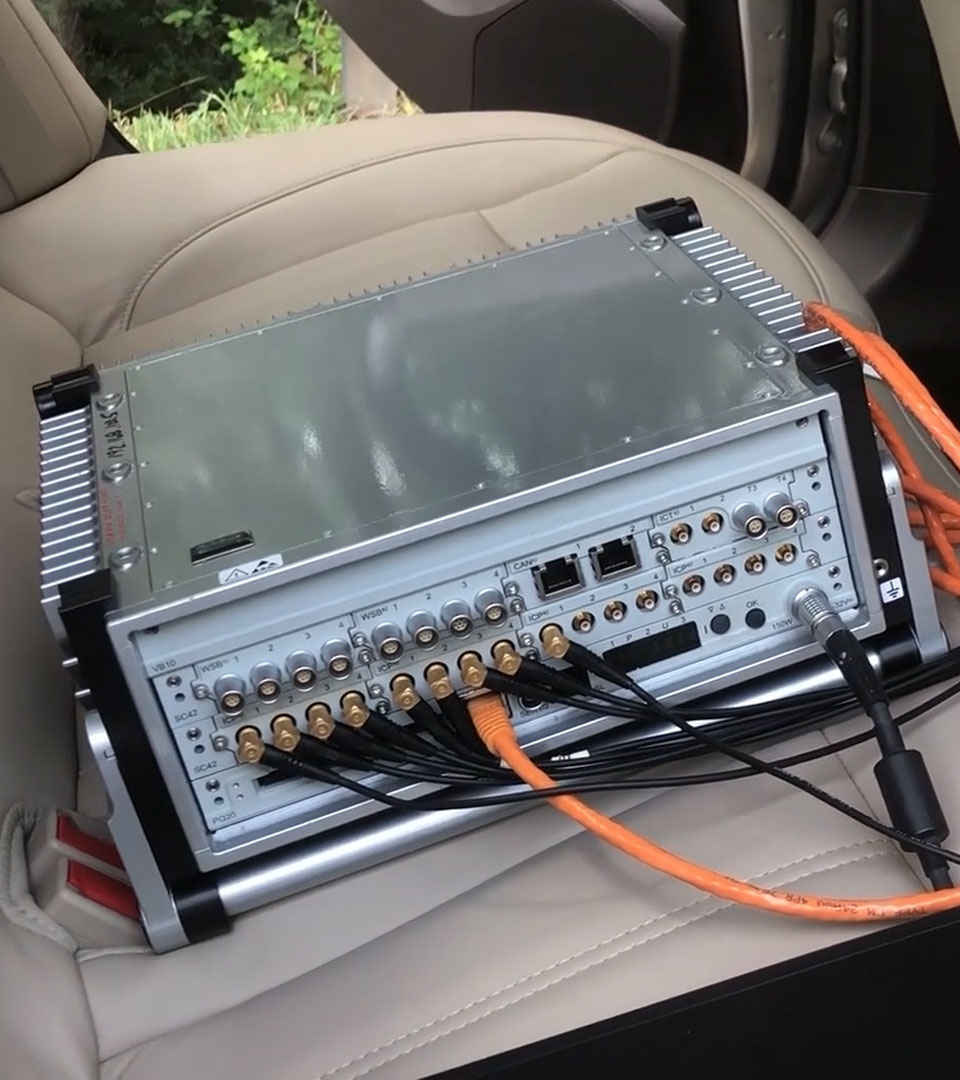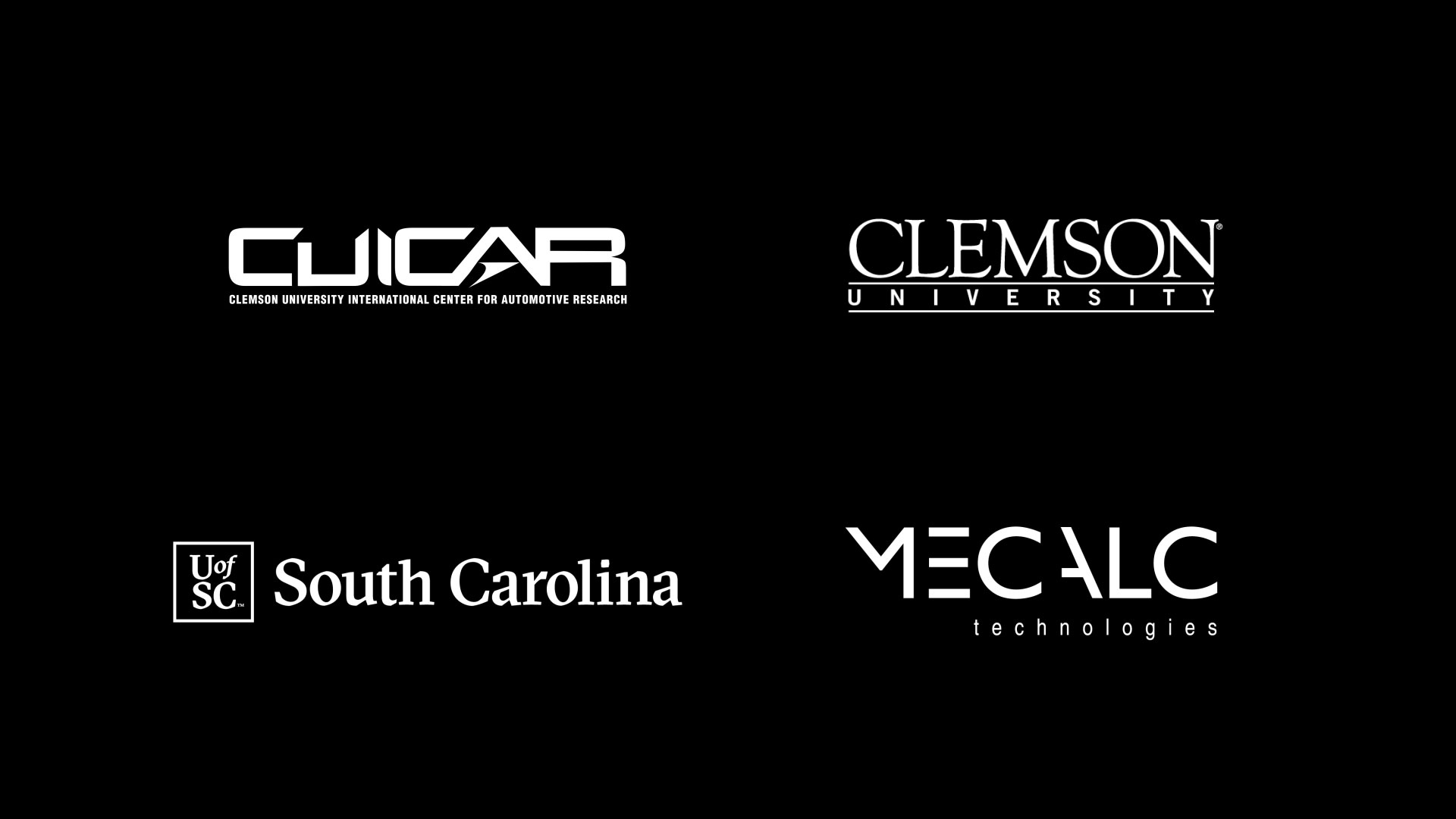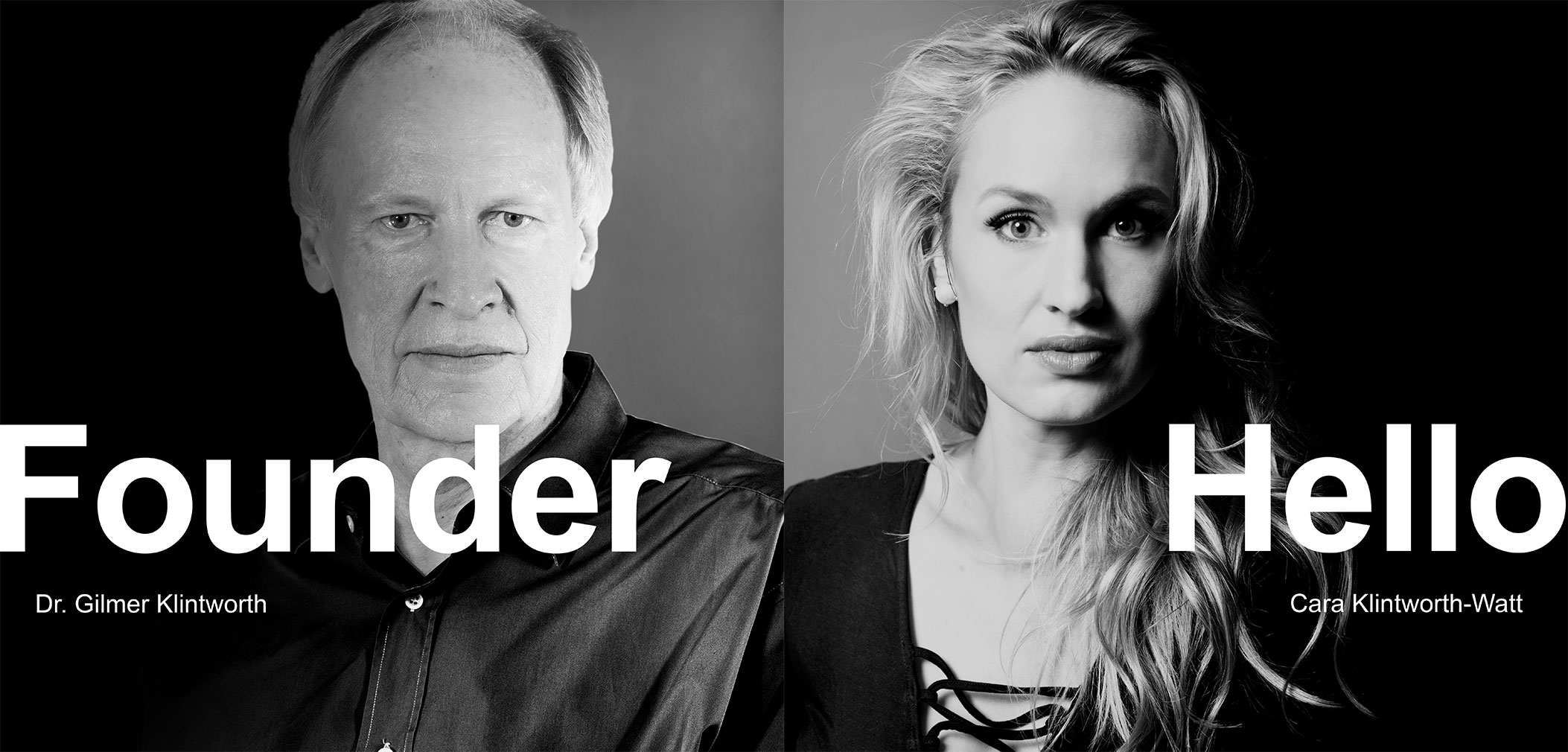NEWSROOM: BRIDGE MEASUREMENT
Assessing a Bridge’s Structural Health
There are more than 47,000 structurally deficient bridges across the United States. These bridges are still safe for use but need careful monitoring to insure they haven’t deteriorated to unsafe levels before repairs can be made. Clemson University, CU-ICAR and The University of South Carolina are collaborating on new methods to assess a bridge’s structural health that are quicker and safer than current practices. These tools will allow inspectors to more regularly evaluate structural health and monitor for changes in status.


One approach being evaluated is to gather structural resonance data from bridges using vehicles passing over the bridge to both excite the structure and measure its response. If this system was installed on vehicles traveling over bridges on a regular basis, inspectors will have a timely and cost-effective tool to ensure that the bridges have not unexpectedly degraded further.
Creating new methods and algorithms requires a flexible measurement system and a clean interface to an analysis environment like MATLAB. New algorithms that pre-process time domain information and do further analysis with frequency response analysis and trending are key parts to identify indicators that would be used in fault prediction and AI tools.

Our MECALC Technologies team recently collaborated with Clemson University, CU-ICAR and The University of South Carolina on one of their measurement projects. Initial trials to use the vehicle as an excitor and measurement response was performed using a QuantusSeries DECAQ. This system combines high accuracy Vibration data from multiple sensors, synchronized with GPS Location and inertial Velocity tracking. It can also be powered directly from the vehicles power source and has Wi-Fi connectivity for remote monitoring.
The DECAQ’s wide range of supported sensors and sampling rates makes it well suited for direct measurements on the bridge. Measurements of structure borne noise up to 1 MHz, Vibration, Strain and Displacement can be acquired in a single test. The QuantusSeries range of chassis can also be combined for tests with large channel counts, or those that require synchronization over large distances. Measurements can even be synchronized between a system monitoring the bridge and a system taking measurements in a moving vehicle.
Our team would like to thank Clemson University, CU-ICAR and the University of South Carolina for the opportunity to work with them on this project. We’re looking forward to further collaboration in the future using our advanced technology for more exciting innovative applications.

